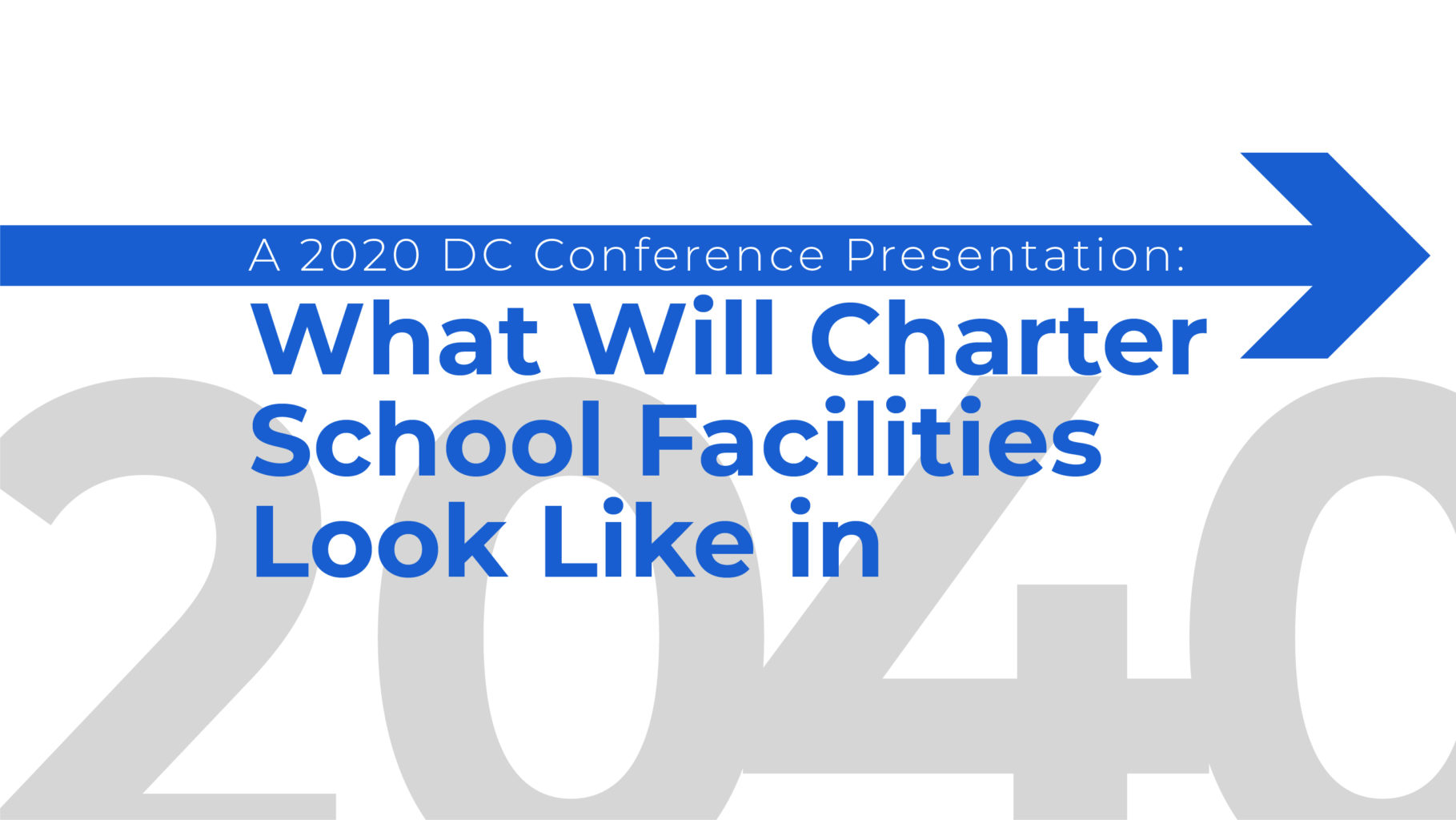
Charter Schools: What does the Future Hold?
As part of the 4th annual 2020 DC Charter Conference in October, hosted by the DC Charter School Alliance, MMD’s Michael Marshall participated in a panel discussion titled: “What Will Charter School Facilities Look Like in 2040?”
The panel addressed a variety of key issues, and included Sharon Bradley of Bradley Site Design, John Burke of Studio Twenty Seven Architecture, Lee Chaffin of LISC SchoolPrint, and Milton Shinberg of Studio2949. Eva Rainer Schweitzer of LISC SchoolPrint moderated.
Marshall began by discussing the crisis of affordable housing and how that directly impacts the community in numerous ways; for charter schools, it makes attracting and keeping high quality staff difficult because too many good candidates are simply priced out of surrounding neighborhoods. Showing specific examples of proposals, Marshall discussed how offering affordable housing with areas for supportive resources on and near campuses (for teachers as well as other workforce residents) can be a comprehensive solution. “Charter schools of the future will have to take a holistic view of what their facilities and programs will have to offer to deal with this issue of affordable housing,” he said.
Bradley Site Design’s Sharon Bradley spoke about the importance of programming campuses to get students outside for greater recreation and learning opportunities. Combining housing and school programming with outdoor spaces will create “a community within a community” and will inspire “social cohesion,” for mutually-beneficial arrangements between school and community, she added.
Studio Twenty Seven’s John Burke spoke about the influx of virtual learning. It won’t replace face-to-face education; rather, a mix of both will be the new normal moving forward. He said this time “has encouraged us to think more openly about what an educational space is and how it works.” He showcased several projects to illustrate how spaces where students traditionally gather, for in-person assemblies for example, can be re-designed to also accommodate virtual learning experiences.
The importance of community gardens and outdoor spaces was also addressed. Lee Chaffin discussed the many benefits of these amenities, which may include vertical gardens for areas where space may be limited, and outdoor classrooms that can profoundly facilitate learning.
In his inspirational presentation, Studio2949’s Milton Shinberg spoke about looking beyond Covid-19, calling it “an opportunity for a revolution in the way we think about facilities.”
Added Marshall, new relationships between developers, schools and communities will help schools cross-subsidize their programs. “That’s where we are going, in a smart way,” he said.
To view the entire presentation click here.